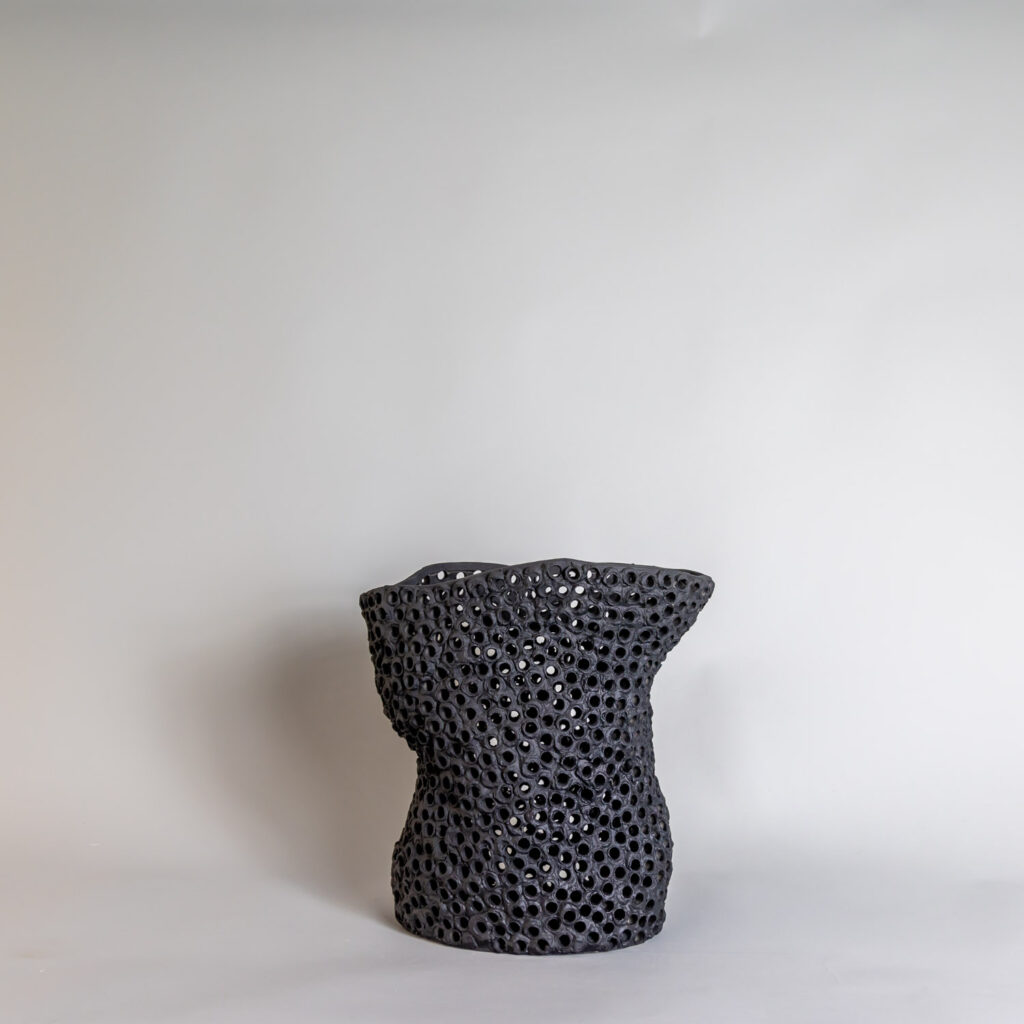A great bouquet doesn’t stop at the last snip of the stem — the vase you choose is the quiet partner that makes the flowers sing. The right vessel supports stems, balances scale, and completes a mood. Pick poorly and the arrangement can look flimsy or awkward; pick well and even supermarket bunches feel considered and special.
Below is a practical, no-fuss guide to matching vases with common bouquet types. Think of it as a florist’s cheat sheet: clear, kind, and useful.
Why the right vase matters
Vases do three jobs: they physically support flowers, provide water, and visually frame the arrangement. Different shapes encourage particular silhouettes — narrow-necks create tidy verticals, wide mouths let blooms spread, and low bowls invite a relaxed, sculptural look. Choosing a vase that fits both the flowers and the space stops your bouquet from competing with its container and helps it last longer.
Vase height and proportions — a simple rule
A handy rule many florists use is to make the height of the bouquet roughly 1.5–2 times the height of the vase. That gives good balance for most cut stems and prevents a tiny vase being swamped by oversized blooms (or a too-tall vase making a small posy look lost). For table centrepieces you might reduce this ratio slightly so guests can see over the arrangement.
Vase-by-bouquet: quick pairings
Use this as your go-to list. Short, clear and ready to follow.
- Long-stemmed roses, lilies or delphiniums — Tall cylinder or trumpet vases. These support stems and create an elegant vertical line. Leave enough stem visible to let the blooms breathe.
- Loose, garden-style bouquets (eucalyptus, peonies, roses) — Wide-mouthed glass vase or a classic hourglass vase. The open neck lets the stems fan naturally for a lush, romantic silhouette.
- Single stems or delicate wildflowers — Bud vases. A single stem in a slim vase looks intentional and unfussy; perfect for bedside tables and small nooks.
- Low, abundant centrepieces (dahlias, ranunculus, spray roses) — Compote or pedestal bowls. These are the go-to for wedding tables and special dinners: low, dramatic and easy to cluster.
- Foliage-heavy or sculptural branches — Wide, sturdy terracotta or ceramic jugs and pitchers. They anchor heavy stems and add a rustic, lived-in charm.
- Short-stemmed supermarket bunches — Short, wide vases or mason jars. These keep the bouquet compact and proportionate — and they’re forgiving if stems are uneven.
Material, colour and the mood they set
Vase material matters almost as much as shape. Clear glass is your everyday neutral — it shows stems and water, which is great for modern or minimalist looks. Ceramic and clay add warmth and a handcrafted vibe. Metallics (brass, gold) feel celebratory and lift neutral blooms. If the flowers are loud, choose a quiet vase; if the bouquet is subtle, a textured or coloured vessel can add oomph.
When in doubt, match tone and scale: small, bold vases with smaller bouquets; large, muted vases with statement arrangements.
Practical tips from florists
- Trim stems at an angle and change the water every second day. Fresh water keeps arrangements fresher, longer.
- Use floral tape or a grid across a wide mouth to help structure loose stems.
- Clean vases regularly — bacteria in cloudy water shortens vase life.
- For awkward stems, nestle a smaller glass inside an open ceramic vase to combine support with style.
Styling ideas for different rooms
- Kitchen island: low compotes or jam jars for a casual, reachable display.
- Dining table: repeat the vase style along the table for a coherent run of centrepieces.
- Entry table: a taller vase with a single dramatic stem or a neat posy to welcome guests.
- Bathroom: tiny bud vases with one stem for a luxe, considered touch.
Final word
There are rules, yes — but also room for play. Try a single striking stem in an unexpected cup, or a mound of free-form blooms in a formal vase. The best arrangements are the ones that feel right in your home.
If you’d like help pairing a specific bouquet with the perfect vase, drop into B&M Florist or send us a photo. We’re always happy to recommend the right vessel — or to source one for you.



